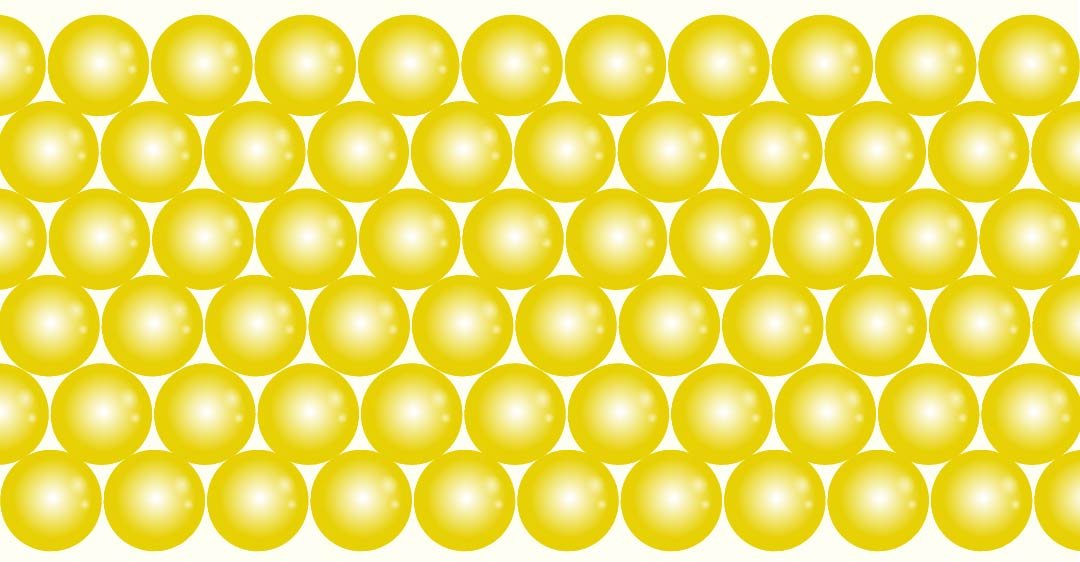Different Types and Structure of Ion Exchange Resins
Types of Ion Exchange Resins
Ion exchange resins facilitate the exchange process of impure ions from the water to the pure ions of the ion exchange matrix. Different types of Ion exchange resins are as follows:
Strong Acid Cation Exchange Resins: Strong acid cations are positively charged ions that are used to remove positively charged impurities from the water. SACs remove all the types of cations from the water. They generally contain negatively charged functional groups such as sulphonic acids, which attract and bind positively charged contaminants to the resin surface in exchange for ions on the matrix. They exhibit higher salt splitting capacity. SAC resins neutralize strong bases and convert the salts into corresponding acids. Strong Acid Cation exchange resins are widely used in Softening and Demineralization plants. They are also used in some special applications where specific removal of ions is needed.
Weak Acid Cation Exchange Resins:
Weak Acid cations also contain positive charge but they remove ions related to alkalinity from the water. They generally contain weak acids as their functional groups such as carboxylic acids. Weak Acid Cations have higher regeneration efficiency which requires less use of acid required for regeneration.
Weak Acid Cations are widely used in water treatment applications for removal of alkalinity and removal of contaminants from water containing high Total Dissolved Solids (TDS).
Strong Base Anion Resins:
Strong Base Anion contains negative charge and eliminates all the types of anions from the water. They generally contain Strong Base such as quaternary ammonium as their functional groups which facilitates the removal of negative ions from the water. These resins have higher salt splitting capacity. SBA resins neutralize strong acids and convert the salts into corresponding bases. Strong Base Anions are further classified into types which are Strong Base Anion type-I and Strong Base Anion type-II.
Weak Base Anion Exchange Resins:
Weak Base Anion (WBA) resin is an excellent choice for removing acidic ions from water due to its negative charge. However, it does have some limitations in terms of its ion exchange ability, primarily because of functional group restrictions. Nonetheless, the advantages of WBA resin make up for this drawback.
Structure of Ion Exchange Resin:
Ion Exchange resins are generally of three types which are Gel-type, Macro porous-type and Isoporous-type.
Gel-Type Ion Exchange resins:
Gel type resins are also known as microporous resins. They have non-uniform pore diameter and less surface area. It exhibits properties such as higher bead strength and higher physical stability which enables it to operate efficiently at higher flow rates. The gel-type resins exhibit microporosity with pore diameters up to 30 Angstroms. Due to their cross-linking, it makes them resistant to oxidants, reducing agents, and radioactive radiation. They are also insoluble in concentrated acids, bases and salts. Gel-type resins have a high exchange capacity and are thermally stable. They react more quickly during functionalization and application reactions, are less brittle and have larger loading capacities.
Macro porous-Type Exchange Resins:
Macroporous resins have larger pore diameter and thus have higher surface area but low exchange capacity. It demonstrates higher resistance to organic fouling and stability towards chemical, osmotic, thermal and mechanical influences. Due to the macropores, it is suitable for removal of higher Molecular weight organics. They typically have higher porosity, are opaque, and show minimal volume change in the majority of solvents. Macroporous type resins have longer life and can be used as catalysts in certain applications.
Isoporous-Type Ion Exchange Resins:
Isoporous resins are known for their uniform pore diameter and high exchange capacity, with a larger pore size compared to gel-type and a smaller pore size compared to macro porous-type resins. These resins demonstrate exceptional resistance to organic fouling and excellent osmotic stability, and offer higher operating capacity than gel and macro porous resins. They also boast higher regeneration efficiency and lower operating costs, along with a higher elasticity in their structure, making them a favorable choice for various water treatment applications.
References :
1 ) https://www.lenntech.com/Data-sheets/Mitsubishi-DIAION-SA-Anion-exchange-resins-L.pdf
2) https://www.merckmillipore.com/IN/en/analytics-and-sample-preparation/ion-exchanger
3) https://atlas-scientific.com/blog/ion-exchange-in-water-treatment
Explore Doshion's industrial water treatment resins for process transformation. Visit Doshion's Industrial Water Treatment Resins page : https://www.doshionpoly.com/ion-exchange-resin






